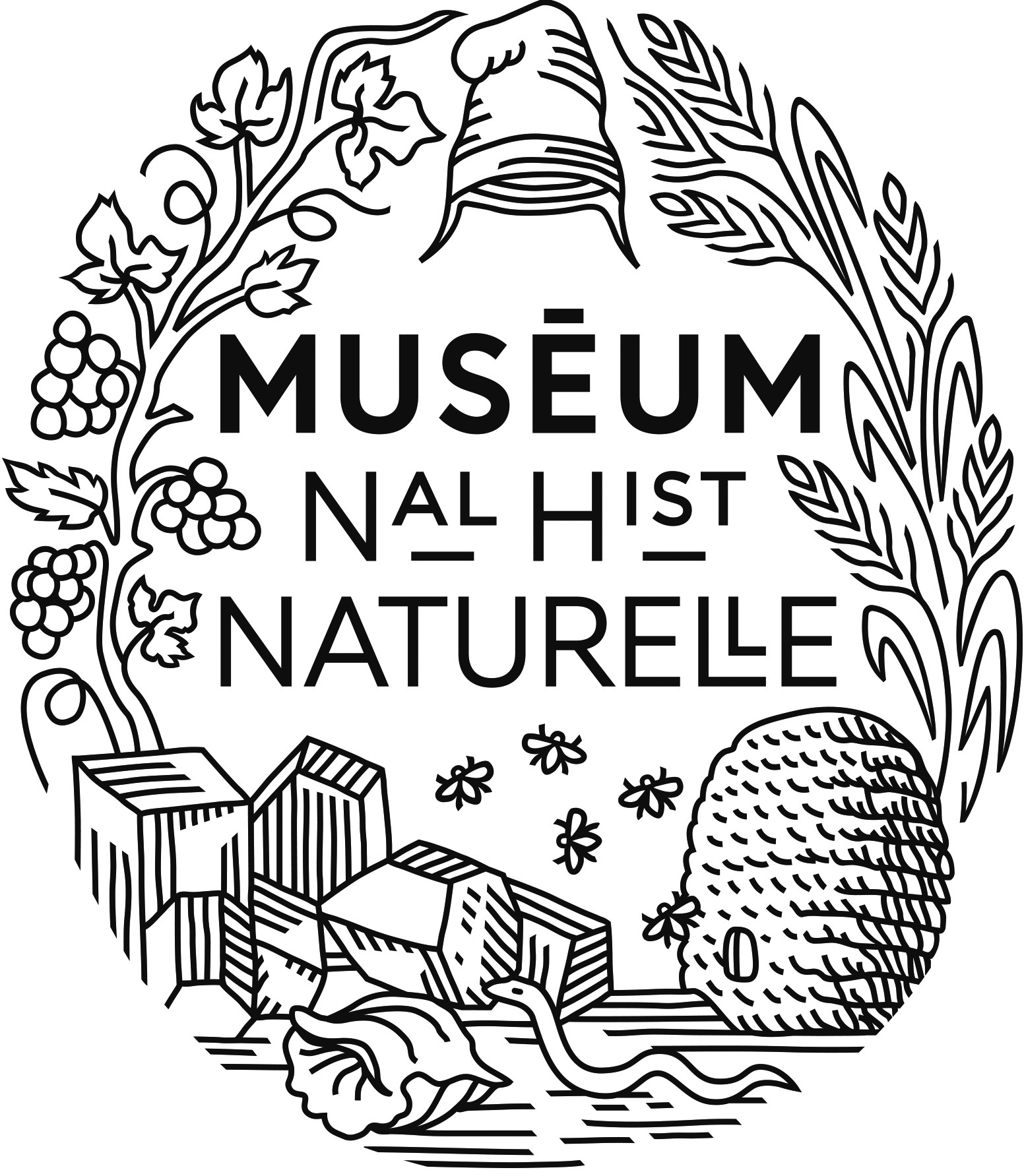Unravelling the function of funerary pottery vessels of the 2nd-1st millennia BC in the Dailaman Province (Iran) through typology, petrography, and organic residue analyses
Résumé
Pottery vessels often comprise major burial goods at archaeological sites, thus providing valuable information for reconstructing past mortuary practices. However, because of the uncertainty of its function or use, which has been interpreted mostly through typological studies alone, the analytical potential of pottery as a burial good has not been fully exploited. This study applied bio-chemical and geochemical analyses for the first time to funerary pottery vessels of the Iron Age of North Iran to examine their function and use. The study materials are from the necropolis of Ghalekuti, Dailaman, excavated in the 1960s. Direct radiocarbon dating conducted on human and animal bones in the graves and typological analysis of the pottery anchored the chronological position of the pottery materials to the 2nd and 1st millennium BC. A petrographic analysis revealed that pottery vessels can be classified into six fabric types, including those with coarse tempers that are effective for cooking. Pottery pastes with finer inclusions less suited for cooking appeared during the early first millennium BC (Iron Age III). To obtain further insight into the function of the pottery, we conducted organic residue analyses. The results demonstrated that the vessels retained remains of botanical and animal origin. In particular, jars with tubular spouts, characteristic of the Iron Age III period, were likely specialised for botanical products. Interestingly, both carcass and dairy products from ruminant animals (cattle and caprine) were processed in short-neck jars and bowls, including spouted bowls, suggesting their use in a liquid state. Products from ruminants, particularly dairy products, may have played a significant role in the daily and ritual use of pottery vessels during the study period in Northern Iran. These results indicate that a range of pottery vessels used for specific purposes before the burial was offered for graves, helping us better understand the mortuary practices of Iron Age Iran.
| Origine | Fichiers éditeurs autorisés sur une archive ouverte |
|---|

